Juniperus squamata 'Blue Star'
Blue Star' Singleseed Juniper
Blue Star' Singleseed Juniper
Exposure
- Sun
Rusticity
- Evergreen
- Blue decorative foliage
- Slow growth
- Dwarft and compact habit
- Drought resistant
Bring a vibrant burst of blue and unique texture to your landscape with Juniperus squamata 'Blue Star', a compact dwarf conifer that stands out with its dazzling steel-blue foliage.
Description:
- Vivid Blue Foliage: This juniper is renowned for its dense, scaly steel-blue foliage that retains its vibrant color throughout the year. The short, pointed needles are arranged in a star-like pattern, giving rise to its common name.
- Compact, Mounded Form: 'Blue Star' forms a low-growing, mounded shrub, typically reaching a mature height of 1 to 2 feet (30 to 60 cm) and a width of 2 to 3 feet (60 to 90 cm). Its compact, rounded shape makes it an excellent choice for borders, rock gardens, or containers.
- Slow Growth Rate: This juniper has a slow growth rate, adding only about 2 to 4 inches (5 to 10 cm) per year. This makes it an ideal choice for gardeners who seek low-maintenance plants that don't require regular pruning.
- Hardiness: 'Blue Star' is hardy, meaning it can tolerate cold winters with little to no winter protection.
Planting and Care:
- Light: Choose a location that receives full sun to partial shade.
- Soil: Well-drained, slightly acidic. Amend the soil with compost or organic matter to improve drainage.
- Watering: Water regularly, especially during the first growing season and in hot weather. Allow the soil to dry slightly between waterings.
- Fertilizing: Apply a balanced fertilizer in the spring to encourage healthy growth.
Additional Tips:
- 'Blue Star' juniper is drought tolerant once established.
- This juniper is resistant to pests and diseases.
- 'Blue Star' juniper can be used as a groundcover, in rock gardens, or as an accent plant in borders.
Plant details
Dimensions
Dimensions
Characteristics
Characteristics
Habit:
- Dwarf
- Compact
Flowering colours:
Plant needs
Plant needs
Watering:
- Once established
- prefers dry soils. Water moderately to keep the soil slightly moist when young
- but avoid overwatering.
Maintenance:
- Prune only if necessary
- in new growth.
Soil requirement:
- Well drained soil. It can thrive in dry soils once established.
Features
Features
Resistance:
- Drought
Attract:
- Cover for small animals
Use:
- Small gardens
- Tight spaces
- Rocky areas
- Rockeries
- Flower beds
Attribute:
- Evergreen foliage. Blue foliage

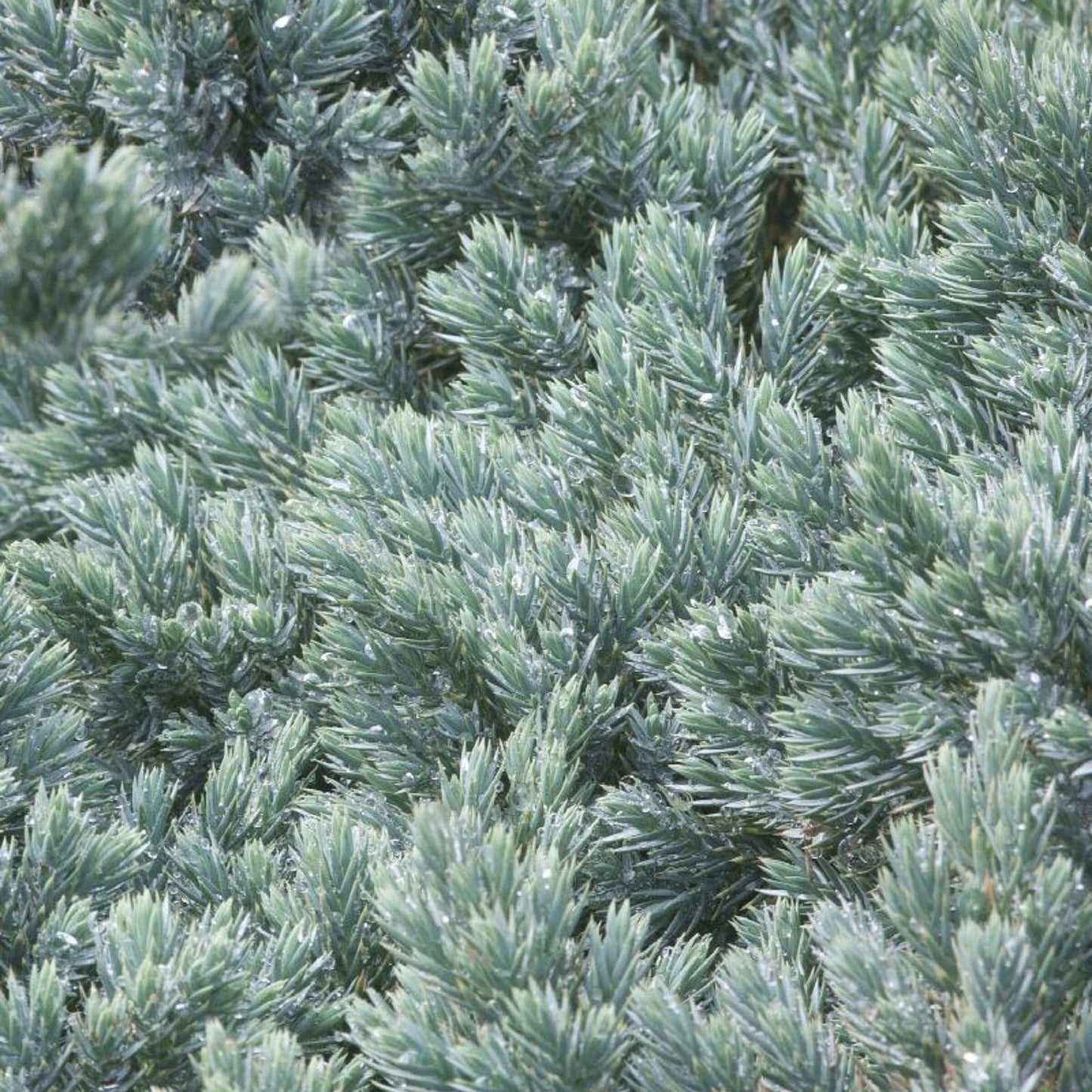
Related articles
-
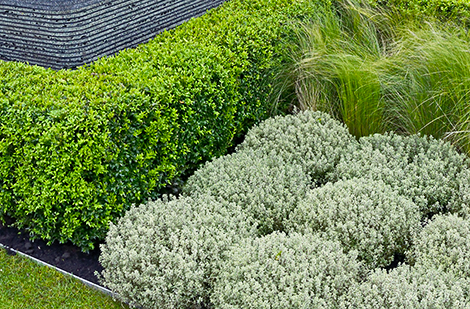
Hedge – other shrubs available
Read the articleCréez une haie mixte, composée de différentes espèces d’arbustes comme le buis, le saule et la spirée japonaise. Donnez du style à la cours arrière.
-

Fall Pruning: Key Steps for Your Trees, Shrubs,...
Read the articleFall is here, but do you know what to prune in your garden? Discover our guide to pruning trees, shrubs, and roses and make sure you take the right steps.
-
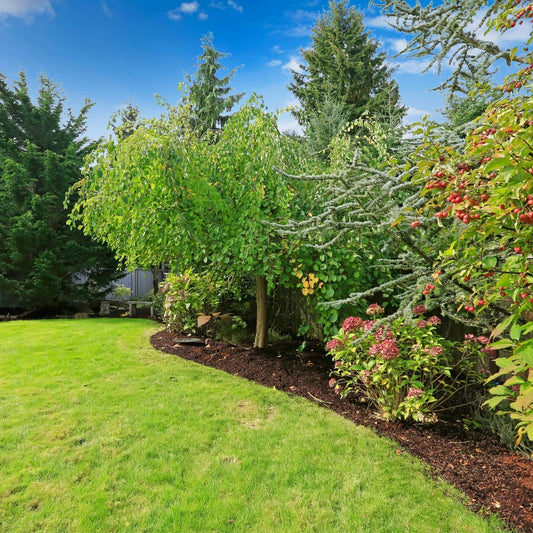
Trees and shrubs for small space landscaping
Read the articleHaving an exceptional garden is possible, even in the city! Discover our selection of trees and shrubs perfect for small lots, and transform your outdoor space into a green oasis.
-
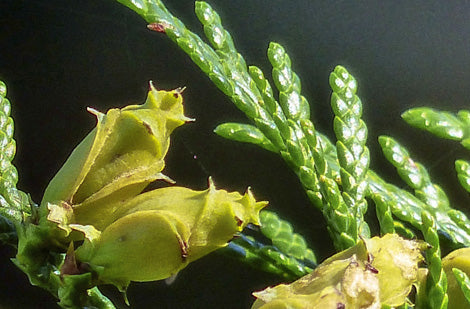
Ensure a healthy cedar hedge
Read the articleEntretenir sa haie de cèdres - arrosage, fertilisation, protection hivernale et taille. Peu exigeants, les thuyas résistent bien aux maladies et insectes
-
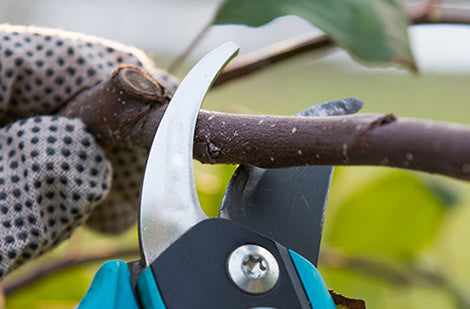
Pruning cuts for trees and shrubs
Read the articleWe all dream of a tree with well-distributed branches or a shrub full from its base to its top. To achieve this, they must be pruned. There are different types...
-

Cedar hedge : when and how to prune
Read the articleLes conifères n'ont pas besoin de beaucoup de taille, sauf lorsque vous les utilisez comme haies ou topiaires. Apprenez comment et quand tailler.












